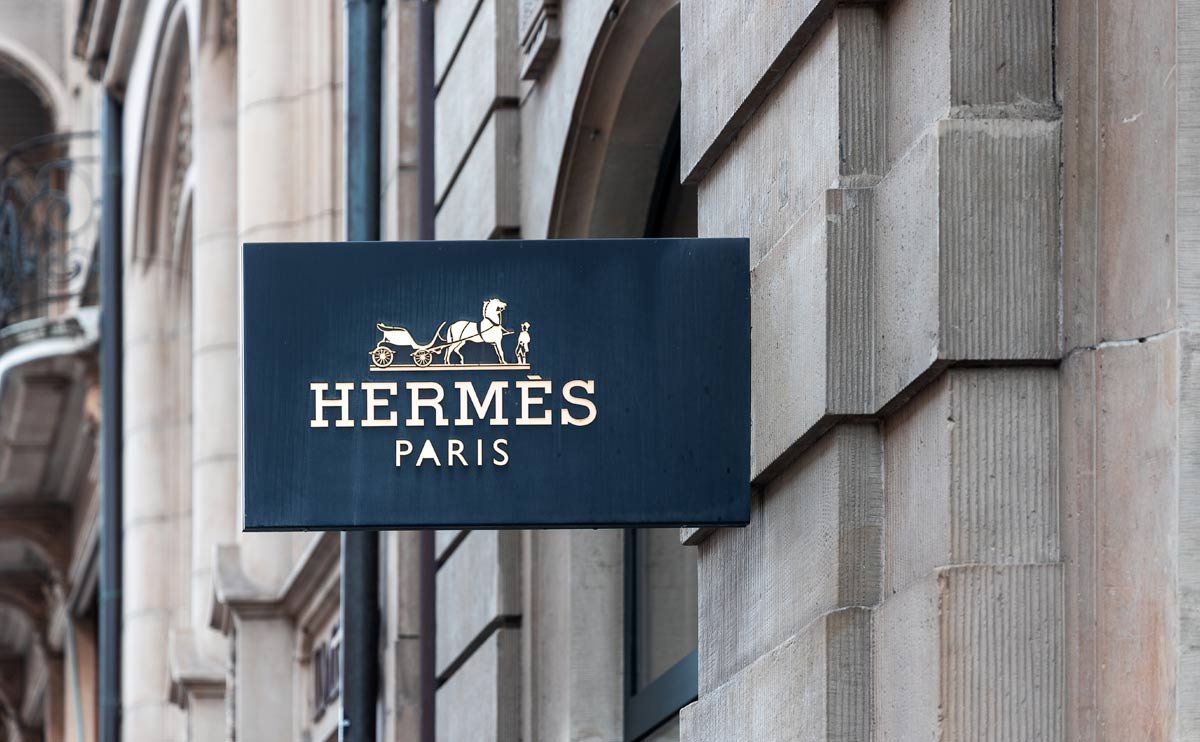Hermès: From Horse Saddles to Haute Couture – A Stylish Gallop Through History

If you’ve ever swooned over a Birkin bag or secretly Googled “Why is Hermès so expensive?”, you’re not alone. This iconic French fashion house has been turning heads (and loosening wallets) since the 19th century. But long before it became synonymous with luxury and elegance, Hermès was all about saddles, straps, and stirrups. Yes, really.
From Hooves to High Fashion
The story begins in 1837, when Thierry Hermès, a German-French harness maker, opened a workshop in Paris. His clientele? European nobility. His product? High-quality harnesses and bridles fit for a king’s horse. Hermès became the name for equestrian excellence. No joke, if you were a 19th-century aristocrat with a thing for horseback riding, Hermès was your go-to. But as the world galloped into the 20th century, horses fell out of favor (thank you, cars), and the brand faced a turning point. Rather than fade into saddle-shaped obscurity, the Hermès family decided to evolve.
Reinventing the Reins
Enter Emile-Maurice Hermès, Thierry’s grandson, who had a genius idea: “What if we made luxury goods for people, not just their horses?” By the 1920s, Hermès had branched into leather handbags, travel gear, and accessories—still handmade, still luxe. Fun fact: Emile-Maurice was the first person to introduce the zipper to France. So, in a way, every zipped jacket you own owes a tiny thank you to Hermès.
Scarves, Style & Starlets
The brand really hit its stride in the 1930s, when it launched two absolute icons: the Kelly bag and the silk scarf. The Kelly bag (named after actress-turned-princess Grace Kelly) became an instant status symbol. Meanwhile, Hermès scarves became works of art, worn by everyone from Audrey Hepburn to Queen Elizabeth II. Each scarf was a miniature masterpiece, designed by artists and crafted with jaw-dropping detail. Owning one was (and still is) like wearing a little piece of history—on your neck.
The Birkin Bag Bonanza
Now, let’s talk about the bag that launched a thousand waitlists: the Birkin. Born from a chance encounter on a flight in the ’80s between British actress Jane Birkin and Hermès CEO Jean-Louis Dumas, the Birkin bag was designed to be the perfect mix of casual and chic. Spoiler alert: it worked. Today, Birkins are less of a bag and more of a cultural phenomenon. They’re coveted, collected, and sometimes even auctioned for more than the price of a house. No big deal.
The Magic of Modern Hermès
Fast-forward to today, and Hermès is still family-owned (rare in fashion), still rooted in craftsmanship, and still incredibly cool. From timeless leather goods to ready-to-wear collections, perfumes, watches, and even home décor, Hermès continues to blend tradition with trend in the most elegant way. They’ve managed to hold onto their heritage while embracing innovation—think Apple Watch collabs and pop-up installations in Tokyo. Basically, Hermès is proof that when you stick to quality and creativity, you never go out of style.
In Conclusion: It’s Not Just Fashion. It’s an Attitude.
Hermès isn’t about loud logos or fast fashion. It’s about patience, artistry, and the joy of understated luxury. Whether you’re dreaming of your first silk scarf or building your Birkin wishlist, you’re tapping into nearly two centuries of history—wrapped in orange boxes and sealed with a ribbon. Now that’s timeless.
